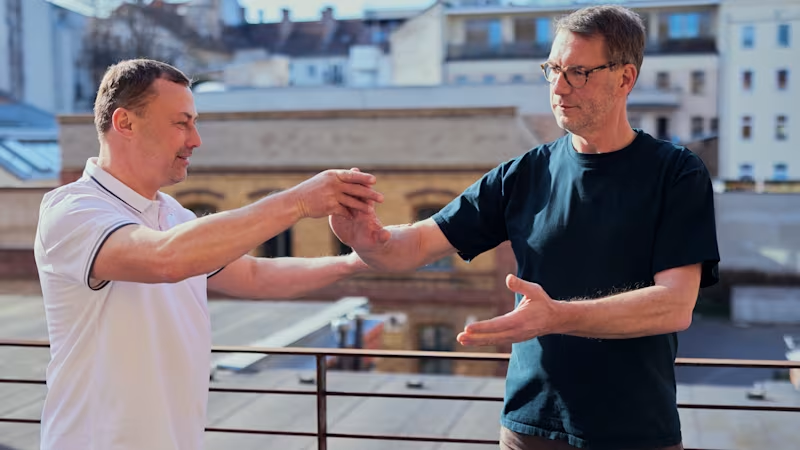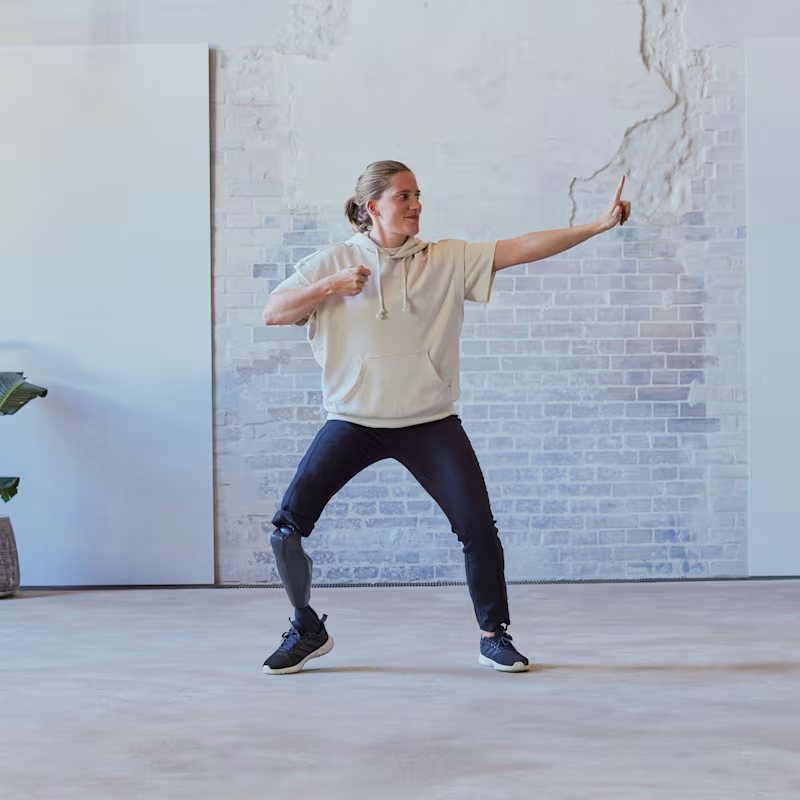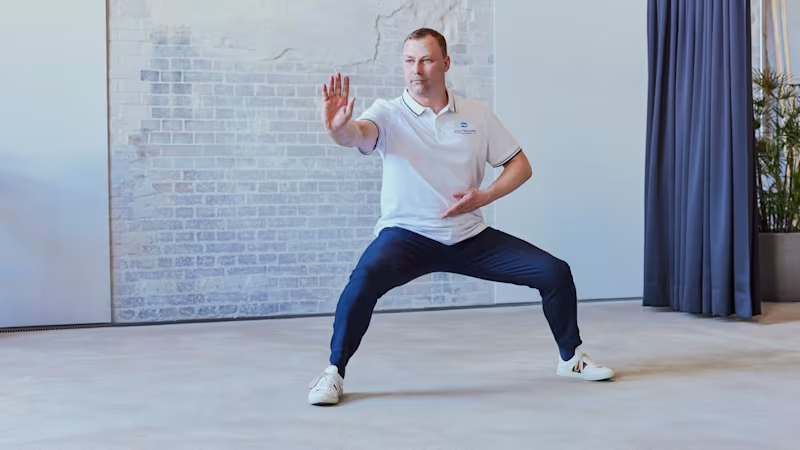Tai chi

Tai chi for amputees
Tai chi (also known as taiji) is an ancient art of movement from China. Tai chi was originally a martial art. While appearing simple and gentle, tai chi offers personal training that is equivalent to an energising, full-body workout to improve health and fitness.
When practised regularly, tai chi helps build strength, improves balance and coordination, and can promote a deep sense of relaxation and well-being. You can practise tai chi alone or with a group of like-minded people. Qigong complements the art and means "Working on the life force". The social aspects of practising tai chi in a group can prove particularly beneficial for older adults living with an amputation or limb changes. Especially for older adults living with an amputation or limb changes, the social aspects of practising tai chi in a group are a great motivation to become more active again, thereby improving their quality of life.
The extra motivation they receive from regular social contacts has proven to be one of the main reasons people enjoy tai chi.
Positive effects for body and mind
Training improves balance, physical control and motor activity as well as the ability to relax and concentrate, and lifts your inner mood. It's particularly suitable for people with movement disorders or limitations and is a perfect complement to conventional physical therapy.
With the friendly support of the Bundesverband für Menschen mit Arm- oder Beinamputation e.V. (Germany's federal association for people with arm or leg amputations) we collaborated with tai chi instructor Mirko Lorenz to put together a comprehensive tai chi training programme that's ideal for training on your own at home.
Who is tai chi suitable for?
There are various ways to individually adapt tai chi to your personal fitness level, which makes it suitable for everyone, with or without a disability. Our training videos are great for people with limited mobility in particular, since Mirko Lorenz supports a needs-based approach with his "Keep Moving" training programme, for example, by training while sitting down.

Elena KratterI'm a real bundle of energy, but the tai chi exercises helped me relax in no time and focus my thoughts. I definitely recommend doing it every day! In particular, the fact that tai chi exercises can be adapted as needed makes them especially suitable for amputees with low mobility as well.

Keep Moving tai chi therapy
Mirko Lorenz is a certified tai chi instructor who created his own therapeutic training programme called "Keep Moving", tailored especially to people with movement disorders and Parkinson's disease.
